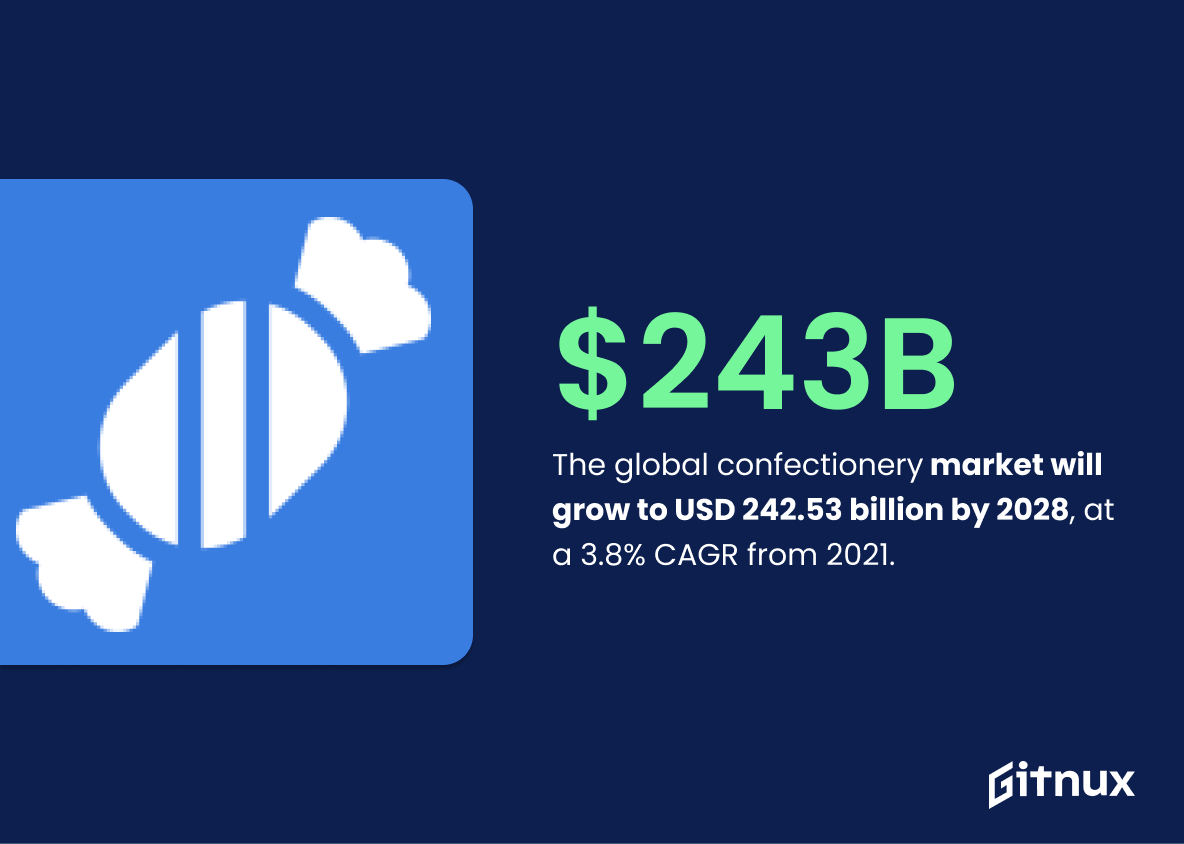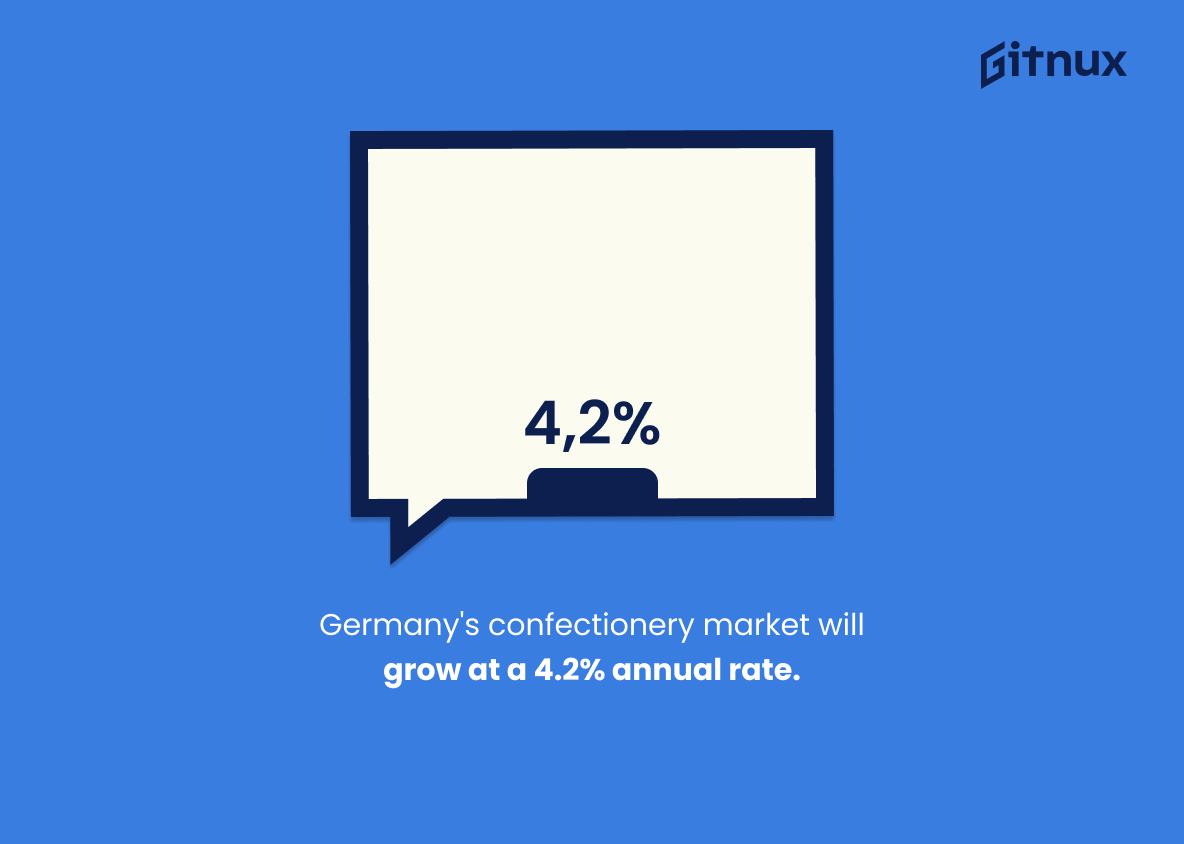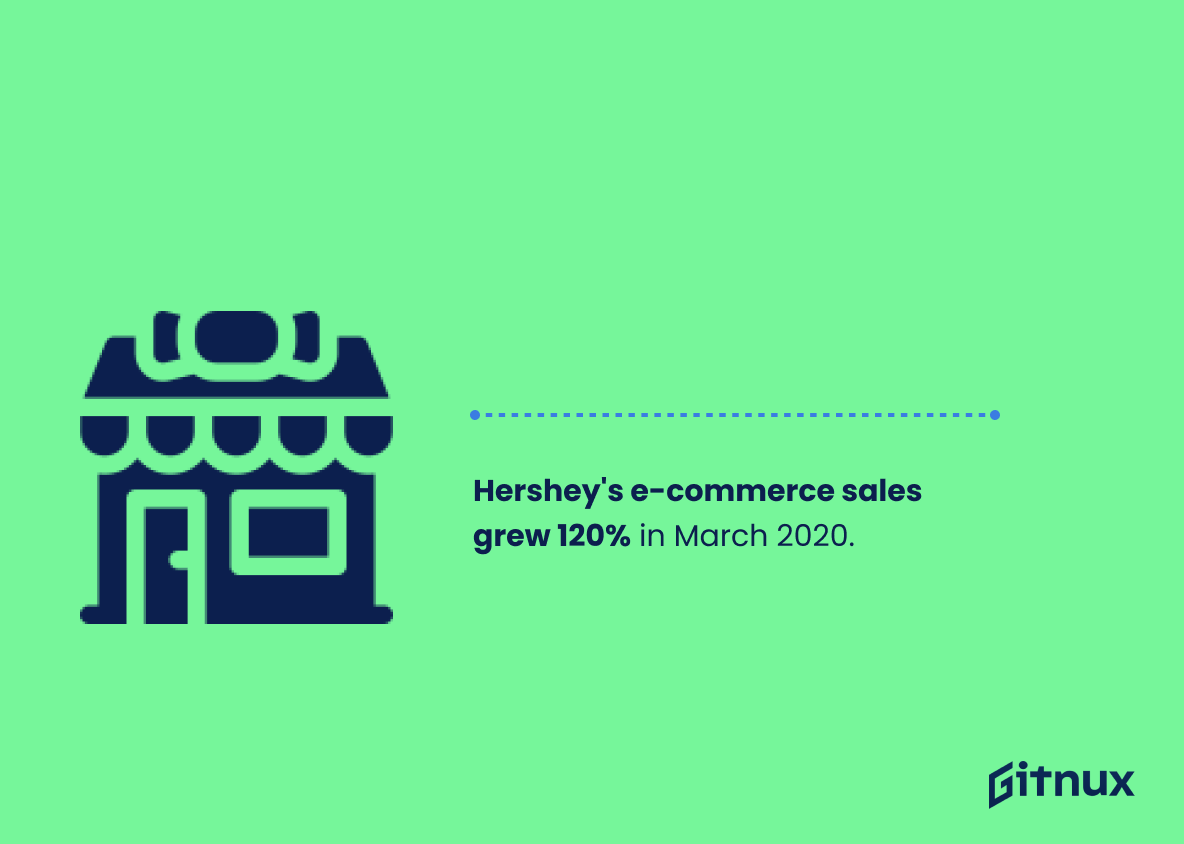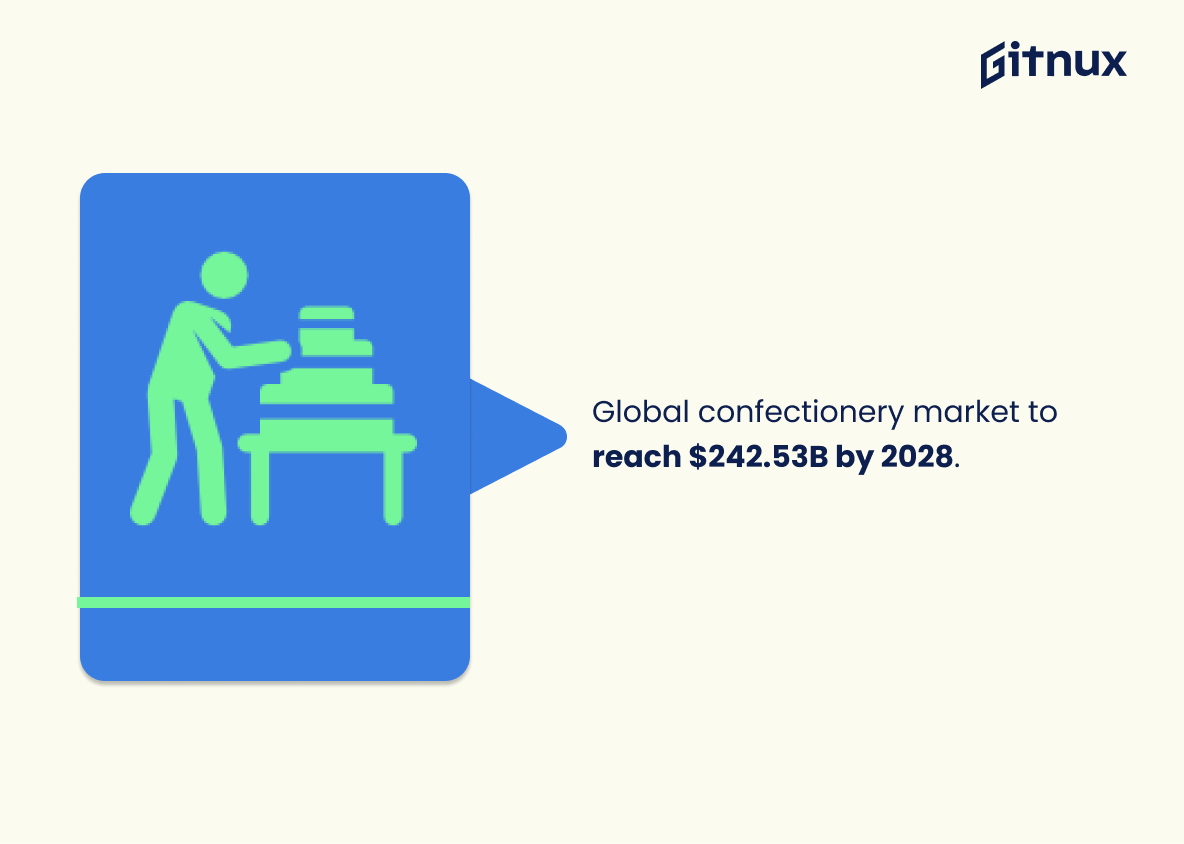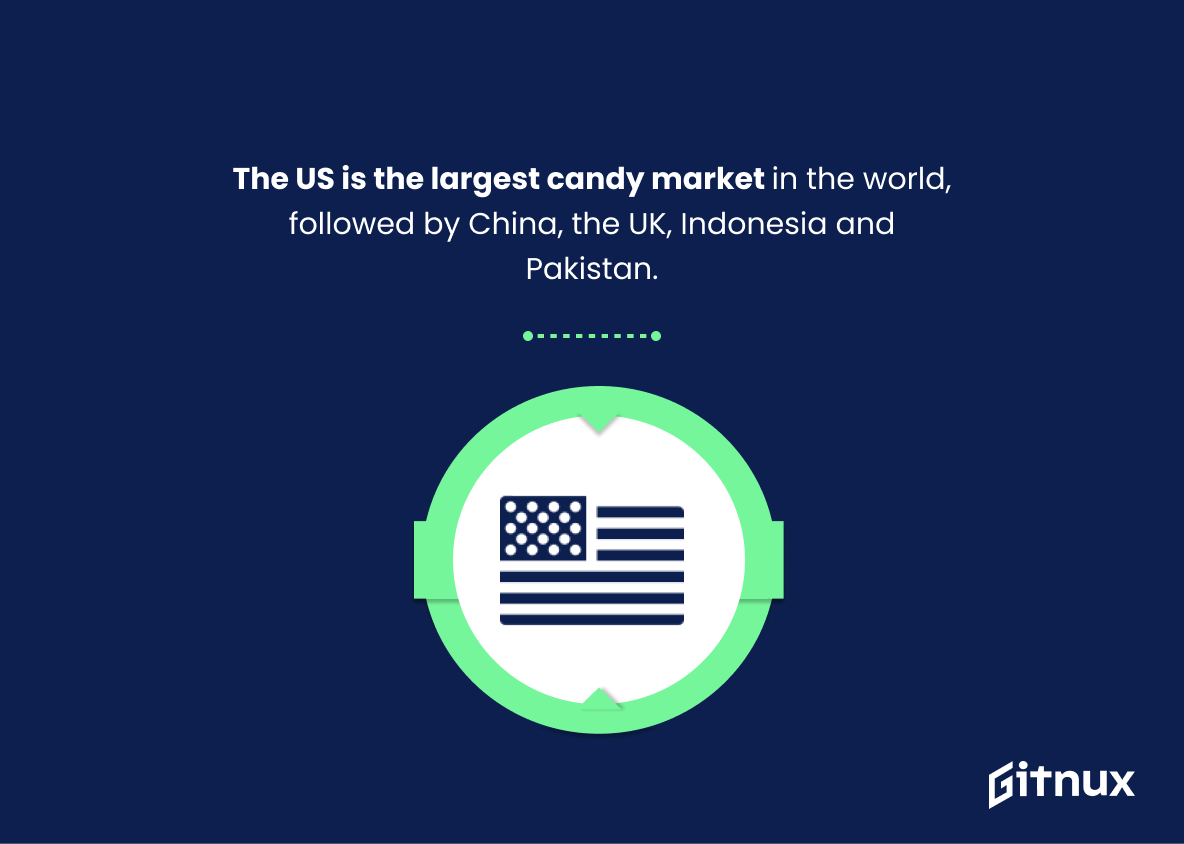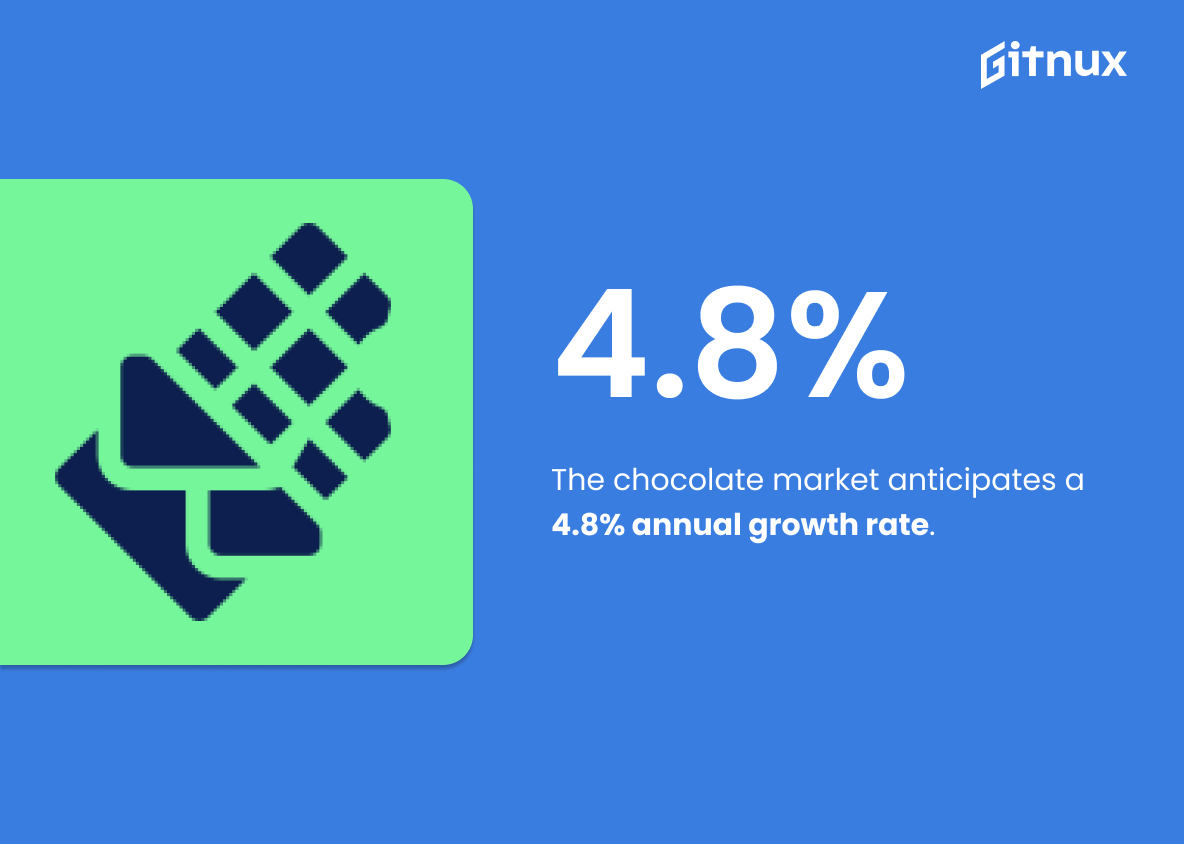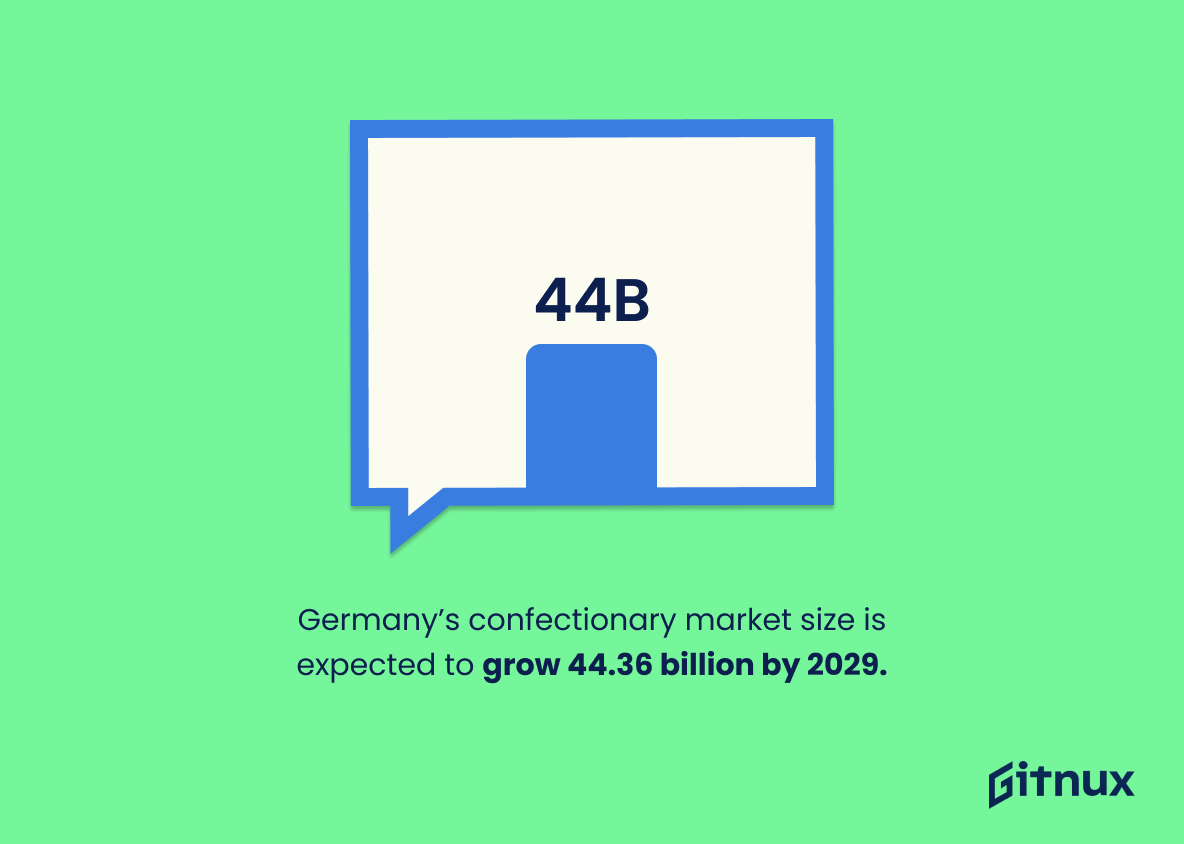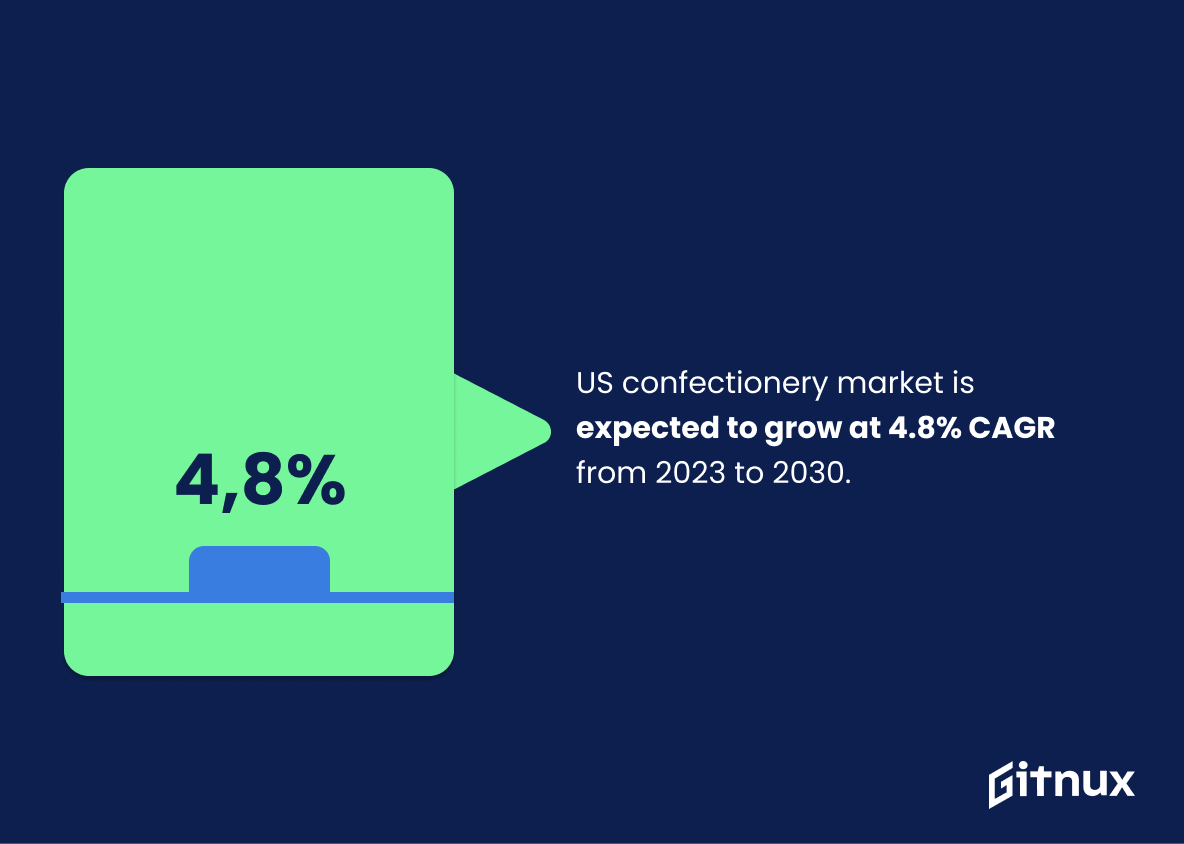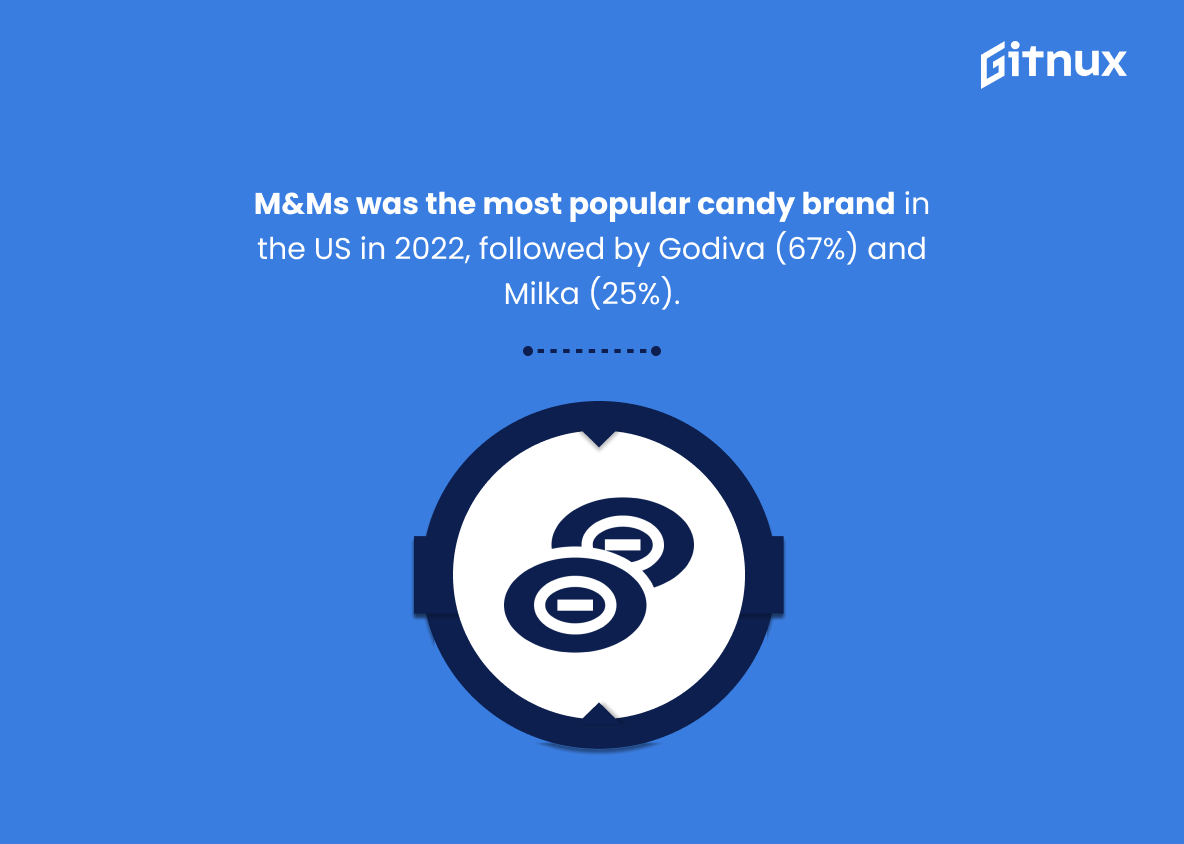Candy is a beloved treat for many, but how much candy do we actually consume? In this blog post, we’ll be exploring the latest candy consumption statistics to get a better understanding of how much candy is being eaten around the world.
We’ll also be looking at the different types of candy that are most popular and which countries consume the most candy. So if you’re a candy lover, this post is for you.
Candy Consumption: The Most Important Statistics
A calorie intake consisting of 17%-21% of sugar has a 38% higher risk of leading to fatal cardiovascular diseases.
93% of those who celebrate Halloween in the United States will buy candy, amounting to a total spending of $2.1 billion on candy in 2015.
Candy Consumption Statistics Overview
The revenue of the confectionery segment in the United States is expected to grow by 3.18% and reach a peak by 2026.
It shows that the confectionery segment is growing in the United States, which is the largest market for candy consumption. It also indicates that candy consumption is likely to continue to increase in the US, which could have a positive impact on the economy.
The consumption of chocolate and other candy is expected to grow from 268.09 million in 2020 to 275.05 million in 2024 in the United States.
This statistic exhibits that the consumption of chocolate and other candy is increasing in the United States. It also shows that there is a growing demand for their products. Additionally, it can be used to inform marketing strategies and help companies better understand their target audience.
A calorie intake consisting of 17%-21% of sugar has a 38% higher risk of leading to fatal cardiovascular diseases.
Consuming too much sugar can lead to serious health issues. This is why it is important to be mindful of the amount of sugar we consume, especially when it comes to candy.
53% of British consumers believe confectionery should be part of a healthy diet.
The majority of British consumers are open to the idea of confectionery being part of a healthy diet, despite the fact that there is a minority of 27% who prefer not to contribute to childhood obesity.
This could be a sign that attitudes towards candy consumption are changing, and that people are beginning to recognize the potential health benefits of including confectionery in their diets.
Consumption of confectionary rises between the ages of 25-34 and 35-44 and then declines as the consumer gets older.
The majority of confectionary consumption is done by consumers in the age range of 25-45.
Consumers over the age of 34 purchase more candy than those between the ages of 18 and 34.
The older age group is more likely to purchase candy than the younger age group. This could be due to a variety of factors such as income, lifestyle, or preference.
93% of those who celebrate Halloween in the United States will buy candy, amounting to a total spending of $2.1 billion on candy in 2015.
This shows that Halloween is an important holiday for candy consumption in the US, and that spending on Halloween is on the rise, especially after the pandemic.
Consumer spending on candy for Halloween increased from $2.67 billion in 2017 to $3.00 billion in 2021.
Switzerland had the highest level of chocolate consumption per capita in 2021 at 11.6 kg, followed by the United States at 9 kg.
The United States has the highest total candy retail volume, while Germany has the highest per capita consumption.
The United States has the highest total candy retail volume, Germany has the highest per capita consumption. This means that while the United States may have the most candy overall, the citizens of Germany are consuming more candy per person.
This could be an indication of the different preferences of the two countries when it comes to candy consumption.
In the United States, consumers spend approximately $9.1 billion annually on candy.
Candy is a beloved treat for many Americans, and that it is a significant part of the economy. It also serves as a reminder of the importance of understanding the impact of candy consumption on health and wellness.
An average American consumes 25 pounds of candy per year.
This serves as a powerful reminder of the prevalence of candy in our diets and the potential health risks associated with overindulging in sugary treats.
62% of adults experience chocolate cravings regularly.
This provides insight into the types of candy that adults are likely to be drawn to, and can help to inform decisions about the types of candy that should be made available.
Approximately 14% of candy consumption occurs during the Halloween season in the United States.
A significant portion of candy consumption takes place during this time of year, making it an important factor to consider when discussing candy consumption statistics.
Around 20-25% of candy consumption in the United States happens during the non-Summer months.
Candy is enjoyed year-round, and that the demand for candy is not solely seasonal. This is important to consider when discussing candy consumption trends, as it shows that candy is a popular treat regardless of the time of year.
The United States chocolate market is predicted to reach $20.7 billion by 2026.
Americans have a sweet tooth and are willing to spend money to satisfy it. This statistic is a reminder that candy consumption is a major part of the American diet and that it is likely to remain so in the future.
The candy industry in the United States employs approximately 50,000 people.
This highlights the sheer number of people who are employed in the industry, and the importance of the industry to the economy. It also serves as a reminder of the potential economic benefits of increased candy consumption.
National Candy Month (June) contributes to about 10% of annual candy sales in the United States.
The fact that National Candy Month (June) contributes to 10% of annual candy sales in the United States is a significant indicator of the nation’s sweet tooth. This statistic is an important part of understanding the overall candy consumption trends in the United States, and provides insight into the impact of seasonal events on candy sales.
The most popular Halloween candy in the United States is Reese’s Peanut Butter Cups, with 36% of the votes following a recent survey.
This candy is the top choice for many Americans when it comes to celebrating the spooky holiday. This statistic is an important part of any blog post about candy consumption statistics, as it provides a snapshot of the current trends in the candy industry.
Approximately 97% of U.S. households purchase candy at least once a year.
Candy is a popular treat among Americans, and that it is a part of many people’s lives. This statistic is important to consider when discussing candy consumption statistics, as it provides a clear picture of the scope of candy consumption in the US.
In 2020, the world candy consumption was worth $104.69 billion.
Candy is a beloved treat that people of all ages enjoy, and that it is a multi-billion dollar industry. This statistic is an important part of understanding the global candy consumption landscape and provides valuable insight into the trends and preferences of candy consumers.
The global candy market is expected to grow at a CAGR of 3.5% from 2021 to 2028.
This is essential for anyone interested in the candy market to be aware of this statistic, as it can help inform decisions about investments, production, and marketing strategies. Furthermore, this statistic is a valuable addition to any blog post about candy consumption statistics, as it provides a comprehensive overview of the industry’s trajectory.
Valentine’s Day accounts for 4.4% of U.S. yearly total candy sales.
The holiday is a major contributor to the overall candy consumption in the country, making it an important factor to consider when discussing candy consumption statistics.
In 2020, the global gummy candy market was valued at $834.7 million.
The global gummy candy market is thriving and that people are continuing to enjoy these treats. This statistic is an important indicator of the current state of the candy industry and provides insight into the trends of candy consumption.
China is the largest sugar candy consuming country in the world.
This statistic is a sweet reminder of the immense sugar candy consumption in China, highlighting the country’s sweet tooth and its potential to influence the global candy market. It is an important piece of information for anyone looking to understand the current state of candy consumption around the world.
The global hard candy market size was valued at $2.3 billion in 2021.
The market for hard candy is thriving and that people are continuing to enjoy this sweet treat. This statistic is important to consider when discussing candy consumption statistics, as it provides insight into the current state of the hard candy market and how it is impacting the overall candy industry.
Conclusion
In conclusion, candy consumption is a major part of many people’s diets. It is important to be aware of the potential health risks associated with eating too much candy, as well as the potential benefits of eating candy in moderation.
Knowing the statistics associated with candy consumption can help individuals make informed decisions about their diet and health.
References
1 – https://www.statista.com/outlook/cmo/food/confectionery-snacks/confectionery/united-states
2 – https://www.statista.com/statistics/283151/us-households-consumption-of-chocolate-and-other-candy-trend/
3 – https://www.health.harvard.edu/heart-health/the-sweet-danger-of-sugar
4 – https://www.statista.com/statistics/533524/uk-consumers-attitude-confectionery-and-healthy-lifestyle/
5 – https://www.statista.com/outlook/cmo/food/confectionery-snacks/confectionery/united-states
6 – https://www.statista.com/statistics/1074464/snack-purchases-by-age-group-us/
7 – https://nrf.com/media-center/press-releases/nrf-157-million-americans-will-celebrate-halloween-year
8 – https://nrf.com/media-center/press-releases/halloween-spending-soars-celebrations-near-pre-pandemic-levels
9 – https://www.statista.com/chart/3668/the-worlds-biggest-chocolate-consumers/
10 – https://www.usnews.com/news/best-countries/articles/2016-10-31/countries-that-consume-the-most-candy-per-year
11 – https://www.cbspulse.files.wordpress.com
12 – https://www.globenewswire.com
13 – https://www.statista.com
14 – https://www.nca.imgix.net
15 – https://www.grandviewresearch.com
16 – https://www.researchandmarkets.com
17 – https://www.monmouth.edu
18 – https://www.thecandystoreonline.com
19 – https://www.rare.us
